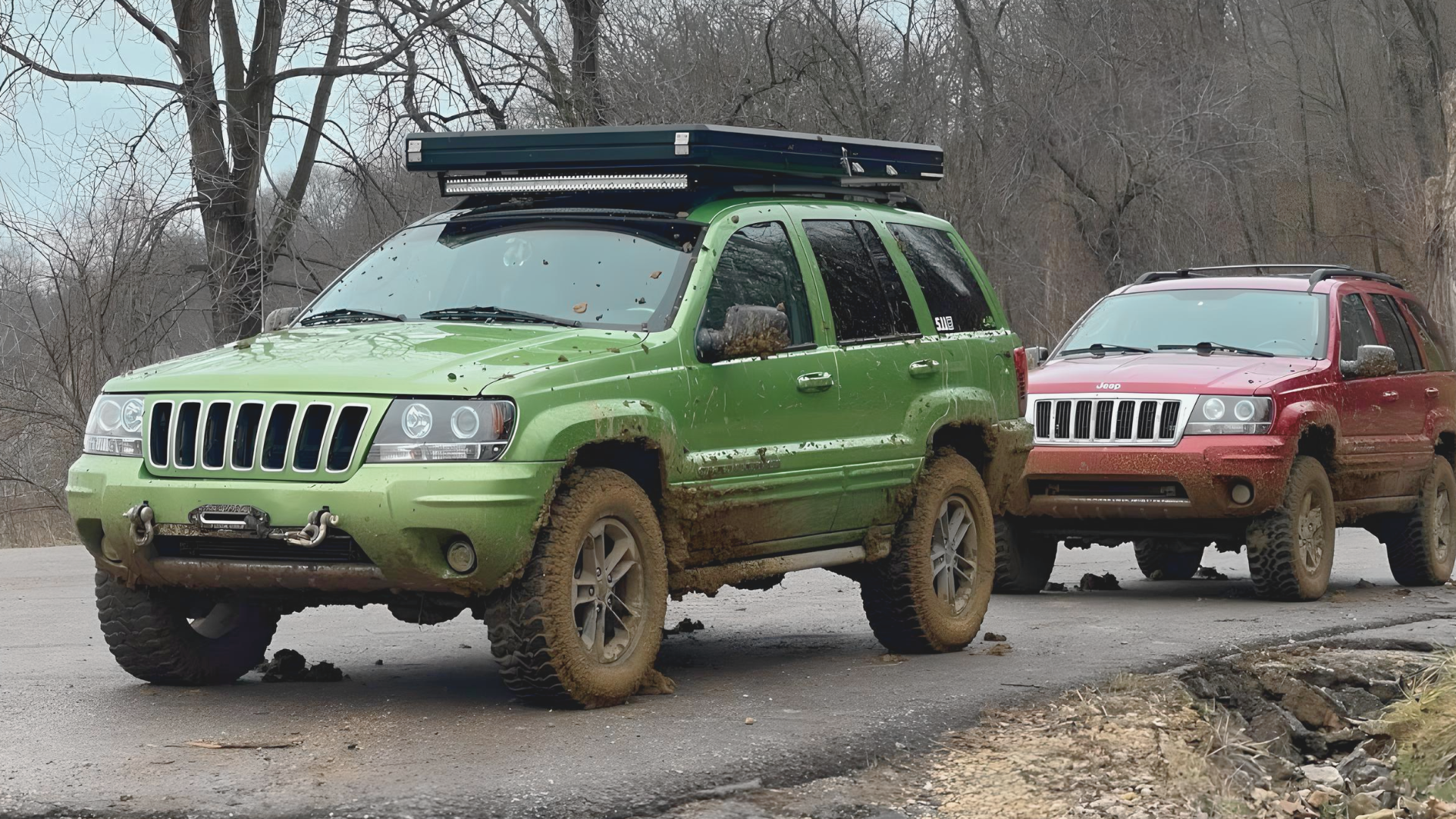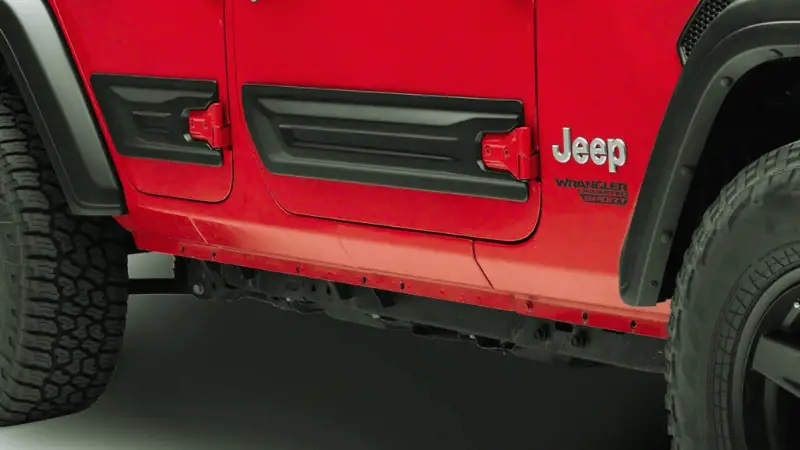You’ve found your dream Jeep – that classic Cherokee or rugged Wrangler you’ve been searching for. But then you notice the odometer reading over 100,000 miles.
That’s a lot of terrain under its wheels. So, it’s completely reasonable to ask, “Should I buy a Jeep Cherokee with over 100K miles?”
High-mileage vehicles often get avoided by the users. After all, more miles mean more wear and tear, right? More potential for expensive problems down the road. But ditching your Jeep dreams just because of an odometer number could be a major missed opportunity.

The truth is, you can definitely buy a Jeep Cherokee or Wrangler with over 100,000 miles, as long as you thoroughly inspect it, get maintenance records, and ensure major components were cared for. Properly maintained Jeeps can last for 200,000+ miles with no issues.
With the proper evaluation and by following some essential tips, you can buy a high-mileage Jeep and still get tons of reliable service from it for years to come.
Here’s your guide on the key factors to assess so you can decide if that second-hand Cherokee or Wrangler is still a wise purchase.
Should I Buy a Jeep Cherokee With Over 100K Miles? 7 Evaluation Tips
If you are wondering, “Should I buy a Jeep with over 100k miles?” let’s dive into the 7 specific tips for evaluating a high-mileage Jeep.
1. Check the Maintenance History
This is arguably the most important factor in purchasing any used, high-mileage vehicle.
Jeeps require some specialized maintenance to keep running well, so you’ll want to ensure any prospects are properly serviced according to the recommended schedule.
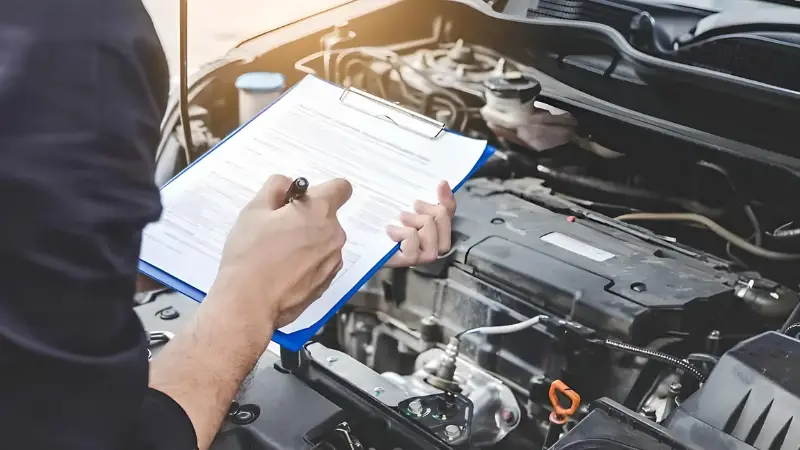
Specifically, look for receipts and records showing the oil was changed regularly (every 3,000-5,000 miles), transmission and transfer case fluids were flushed, and any recalls or technical service bulletins were addressed by the previous owner.
2017-2023 models will be under factory warranty until at least 60,000 miles, which means recent service history should be available. For anything older, try to get maintenance logs from the owner and specific shops the Jeep was serviced at.
If paperwork is sparse or incomplete, proceed with extreme caution or just walk away.
Proper maintenance is what will determine what is high mileage for a Jeep Grand Cherokee and whether a Jeep makes it to 200,000 miles and beyond. Skipping too many service intervals can shorten the lifespan significantly.
2. Scrutinize the Interior
The interior condition is another good gauge of how well a high-mileage Jeep was maintained and cared for.
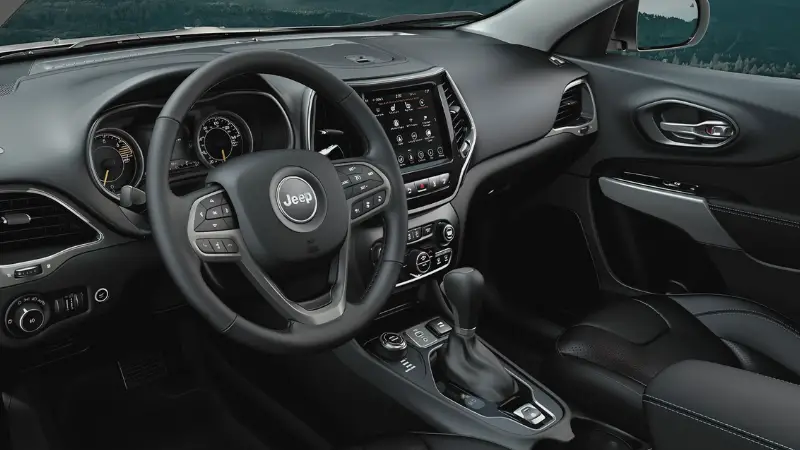
Be on the lookout for:
- Sagging, ripped, or worn-out seats and upholstery
- Broken interior panels, pieces, or trim
- Malfunctioning accessories like power windows/locks
- Heavy soiling or stains on carpets and cargo areas
- Sticky or inoperative air conditioning systems
- Dull, discolored gauge clusters
- Excessive squeaks, rattles, or vibrations
Any glaring interior flaws are red flags about the overall maintenance and care the Jeep received from previous owners. Just a few missed details could mean much larger issues elsewhere.
3. Pay Close Attention to the Exterior
The exterior says a lot about how a Jeep was cared for and operated. Do a slow walk-around, feeling the body panels for any ripples or uneven gaps that could indicate previous damage.
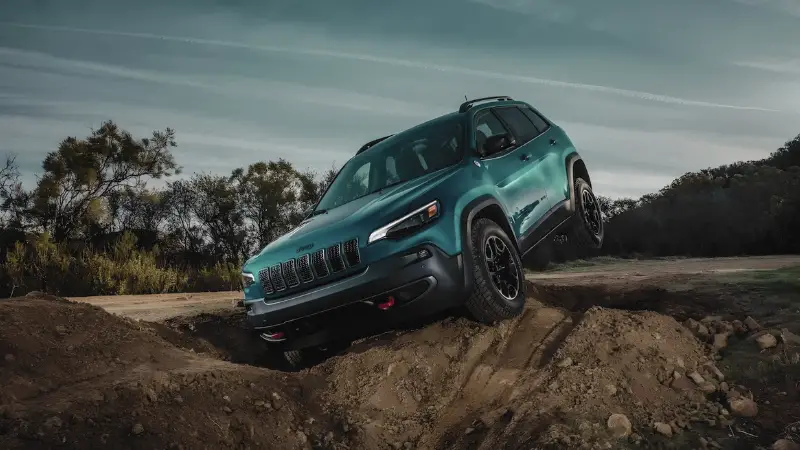
Inspect the paint carefully for signs of fading, oxidation clear coat failure on horizontal surfaces.
Check the tires closely for aggressive off-road tread designs that were likely subjected to heavy articulation and rocky terrain. If the tires show excessive cup or flat spotting, that could indicate alignment issues or drivetrain problems.
Finally, look for any aftermarket lift kits, larger off-road tires, or other extreme modifications. These can put added stress on drivetrain components and lead to accelerated wear over time.
4. Check for Rust and Corrosion
One of the biggest enemies of any vehicle’s longevity is rust and corrosion eating away at the body and frame over time.
This is an extra important consideration if you’re looking at older, high-mileage Jeeps from colder climates where road salt is heavily used.
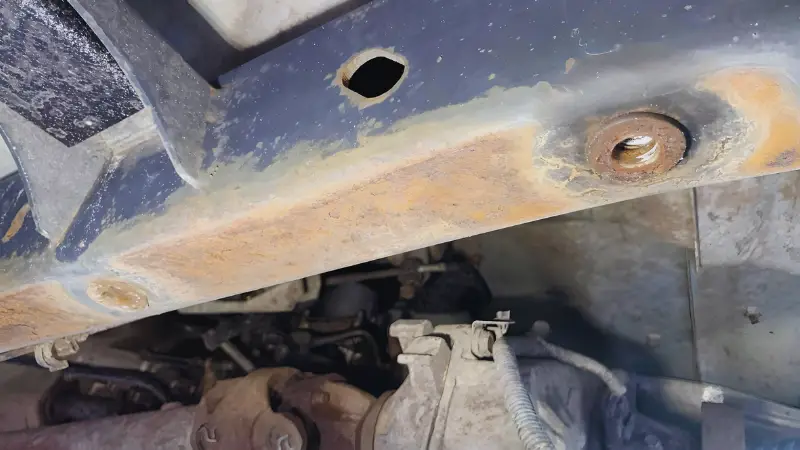
Do a thorough inspection of the typical rust-prone areas:
- Rocker panels and frame rails
- Wheel arches and fender lips
- Hood and door jambs
- Underbody, axles, and suspension components
- Exhaust system hangers and mounts
Even seemingly minor surface rust can eventually develop into larger holes and structural weak points as it spreads. You’ll want to carefully evaluate just how extensive any corrosion is and budget for treatment or repairs if it’s excessive.
5. Research Common Issues
Finally, do your homework on any common issues or problem areas for the specific Jeep model and model year you’re considering.
Websites like Jeep Garage and Wrangler Forum have a wealth of owner-reported problems, recalls, and technical service bulletins.
For example, certain 2011-2013 Grand Cherokees were plagued by problematic powertrain control modules that can cause stalling and transmission shifting issues even at lower mileage.
Wrangler models had issues with the clock spring, causing the airbag light to stay on. Oil leaks from the engine, transfer cases, and differentials are also frequently reported on higher mileage Wranglers.
By researching common issues ahead of time, you’ll know what specific areas to inspect closely. You can gauge the severity based on the odometer reading and possibly walk away before getting stuck with a lemon.
6. Inspect the Suspension and Undercarriage
One of the biggest advantages of owning a Jeep is its incredible trail capability and off-road prowess. It also means they tend to endure a lot of rugged use and abuse over the years.
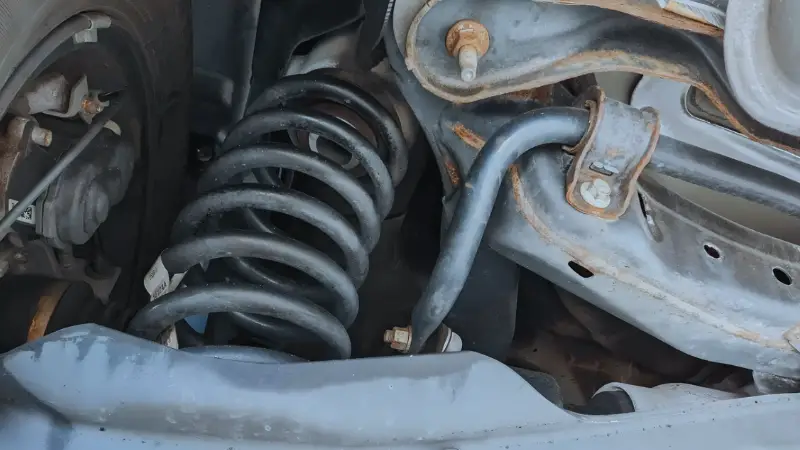
That’s why inspecting the condition of the suspension system and undercarriage is critical when considering a high-mileage Jeep.
Get it up on a lift if possible and examine:
- Shocks/Struts for leaking or excessive wear
- Springs for sag or damage from bottoming out
- Control arms and bushings for cracking or excessive play
- Driveshafts and CV joint boots for rips, leaks, or binding
- Frame and body mounts for cracks or broken welds
- Overall undercarriage for dents, scrapes, or lost protective skid plates.
Ideally, you’ll want the major suspension components like shocks/struts and springs to have been replaced around 50-80,000 miles on a well-used trail rig. If not, budget for those costlier repairs soon.
Check out these replacement Bilstein 5100 Shocks and Superlift Front Coil Springs for Jeep Wranglers on Amazon to get started.
7. Take It to a Mechanic
Once you’ve thoroughly inspected the basics yourself, it’s wise to have an experienced third-party mechanic go through the Jeep as well. Ideally, use a shop that specializes in Jeep repairs and off-road vehicles.
They’ll put it up on a lift and use diagnostic tools to check for any error codes, slippage in the transmission/transfer cases, and other driveline issues.
Leak inspection, compression tests, and tailpipe sniffer tests can also identify any out-of-sight problems.
An impartial mechanic’s inspection will give you unbiased information to decide whether a high-mileage Jeep is worth the asking price. It’s an investment, but it could save you thousands in the long run by avoiding a lemon.
Which Jeep Models Are Best for High Mileage?
While Jeeps are generally quite durable vehicles when properly maintained, some models and years are better suited for high mileage ownership than others.
Here’s a quick rundown of the top choices to consider based on their reputation for reliability and longevity.
1. Jeep Wrangler (JK 2007 – 2018)
If you are wondering, “Should I buy a Jeep Wrangler with over 100k miles?”, the JK generation of the iconic Wrangler tends to be a solid pick if you’re looking at used models with over 100,000 miles.
Especially the 2012 and newer years that had some notoriously troublesome components addressed.
The 3.6L Pentastar V6 engine and revised 6-speed transmissions have proven to be stout and longer-lasting compared to previous Wrangler powertrains.
The overall chassis, suspension, and drivetrain components were upgraded during this generation for improved off-road capability and on-road drivability.
Expect to pay $15,000-$25,000 for a JK Wrangler Sport or Sahara in the 100,000-150,000 mile range. Unlimited 4-door models hold a premium of a few thousand more but offer greater practicality.
2. Jeep Wrangler (JL 2018 – Present)
If your budget allows, the latest JL Wrangler redesign is arguably an even better option for high mileage reliability.
The all-new chassis, engines, transmissions, and next-gen electronics make these some of the most dependable Wranglers to date.
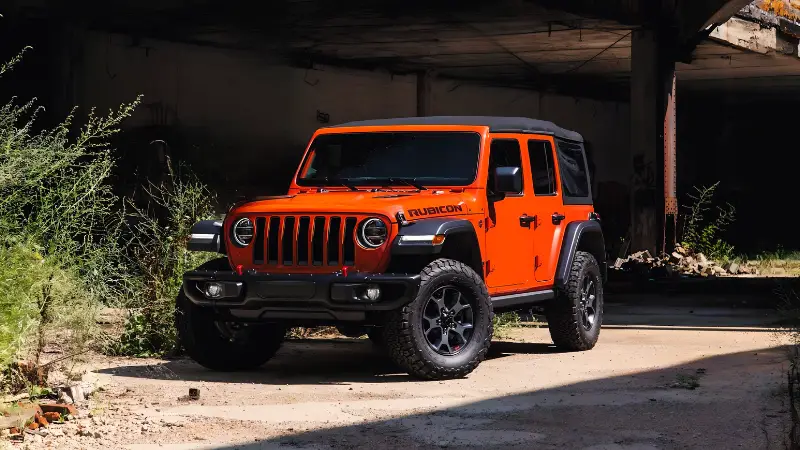
The downside is that used JL prices are still quite high, even for higher mileage 2018-2020 models.
Expect to pay $25,000-$35,000 for a 4-door Unlimited with 50,000-100,000 miles. But their newer tech, efficiency, and long-term quality could make it worthwhile if it fits your budget.
3. Jeep Grand Cherokee (WK2 2011 – 2021)
The current WK2 Grand Cherokee platform tends to be very long-lasting and has developed an excellent reputation for reliability, especially the 3.6L Pentastar V6 models.
Expect strong performance and easy 200,000+ mile lifespans with attentive maintenance.
For the budget-conscious, used 2011-2014 WK2 models with the 3.6L V6 can be found in the $10,000-$18,000 range with 100,000-150,000 miles.
Opt for the 4×4 Laredo, Limited, or Overland trims from dry climates to avoid rust issues. Newer 2015-2021 low mileage examples will cost $18,000-$30,000.
4. Jeep Cherokee (KL 2014 – Present)
As a more affordable and efficient midsize SUV option, the current KL Cherokee is a great choice for those looking at higher mileage used models.
The 2.4L Tigershark or 3.2L Pentastar engines have proven quite reliable, and earlier models can be found for under $15,000 now.
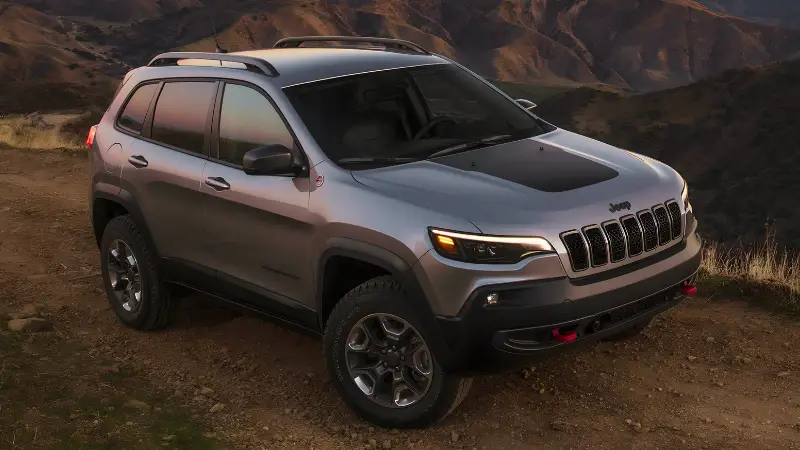
Just watch out for the troublesome 9-speed automatic transmission in early 2014-2016 KL Cherokees. The revised units in 2017+ models have been better.
Otherwise, these modern Jeeps can easily surpass 150,000-200,000 miles with regular care and maintenance.
While higher mileage Jeeps require closer inspection, the right used model from the previous generations can still make for an excellent purchase.
Do your research, follow the pre-purchase checklist, and you can find yourself a trail-ready rig to enjoy for years to come.
Conclusion
Hopefully, you have found the answer to your question: “Should I Buy a Jeep Cherokee With Over 100K Miles?” In the end, don’t let a high odometer reading alone scare you away from a used Jeep you’ve been dreaming about.
Wranglers, Grand Cherokees, and even compact Cherokees can make for incredibly capable and reliable rigs even after racking up 100,000 miles or more.
The key is following the detailed inspection process we covered – from maintenance records and mechanical checkups to researching common issues for the specific model. Take your time, be diligent, and have an experienced mechanic evaluate any prospects before moving forward.
Do your due diligence, and you can score an amazing trail-conquering vehicle at a fraction of the new price. Just make sure to budget for any needed repairs or services upfront.
With proper care and maintenance going forward, that high-mileage Jeep will be ready to add tens of thousands of new adventure miles!
Last update on 2025-10-18 / Affiliate links / Images from Amazon Product Advertising API
